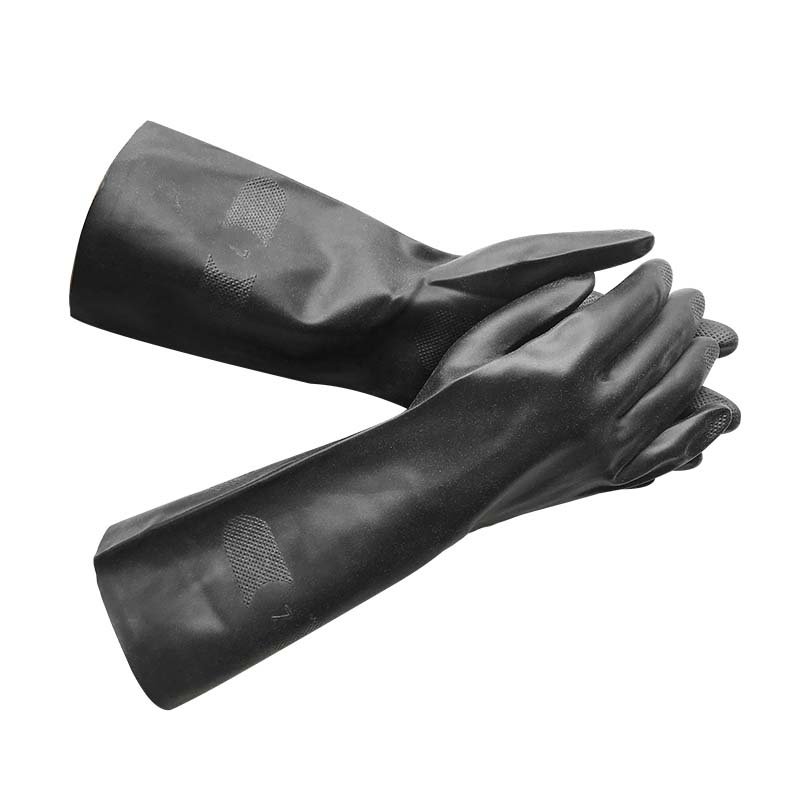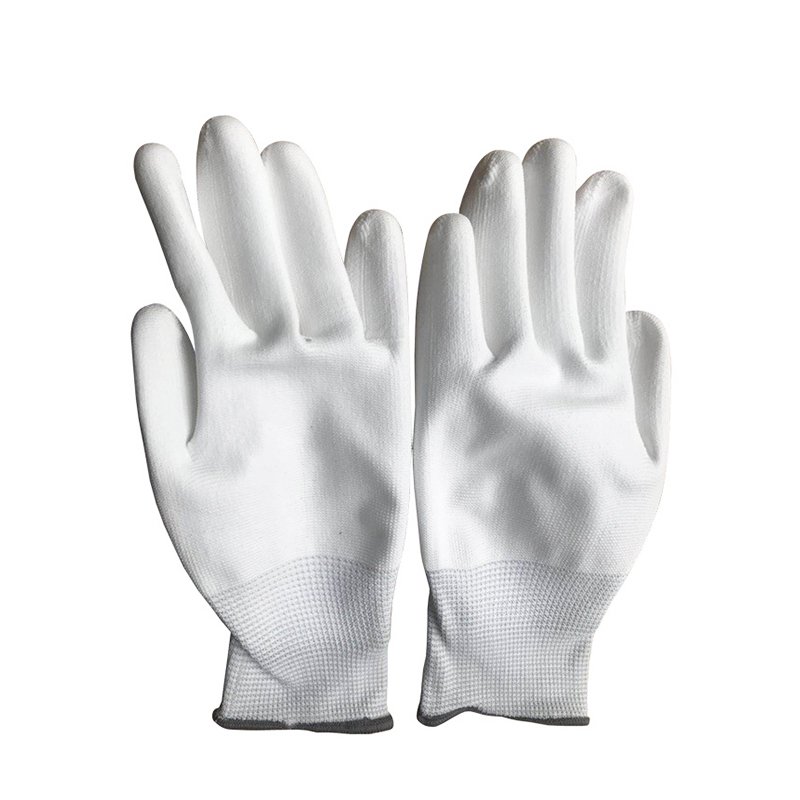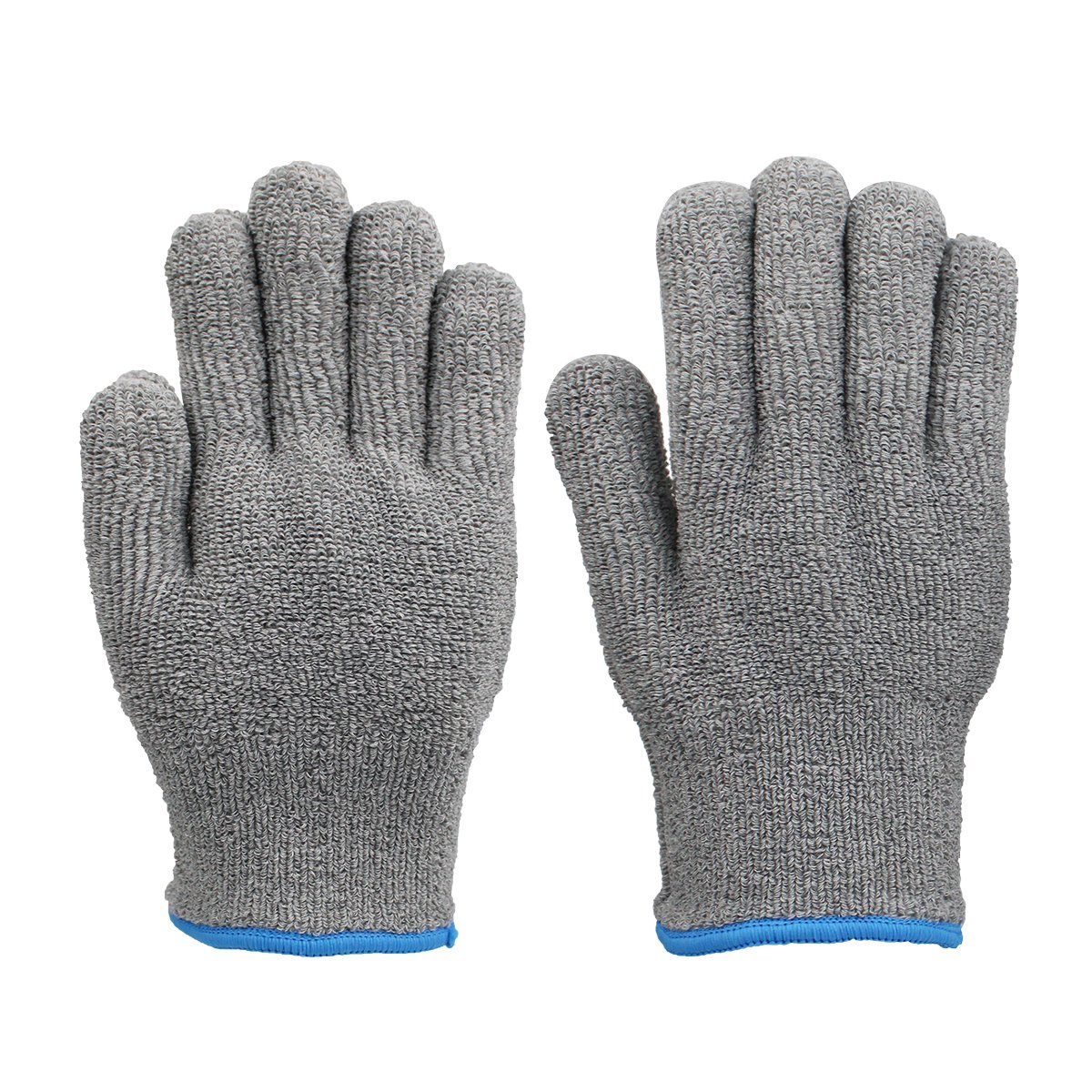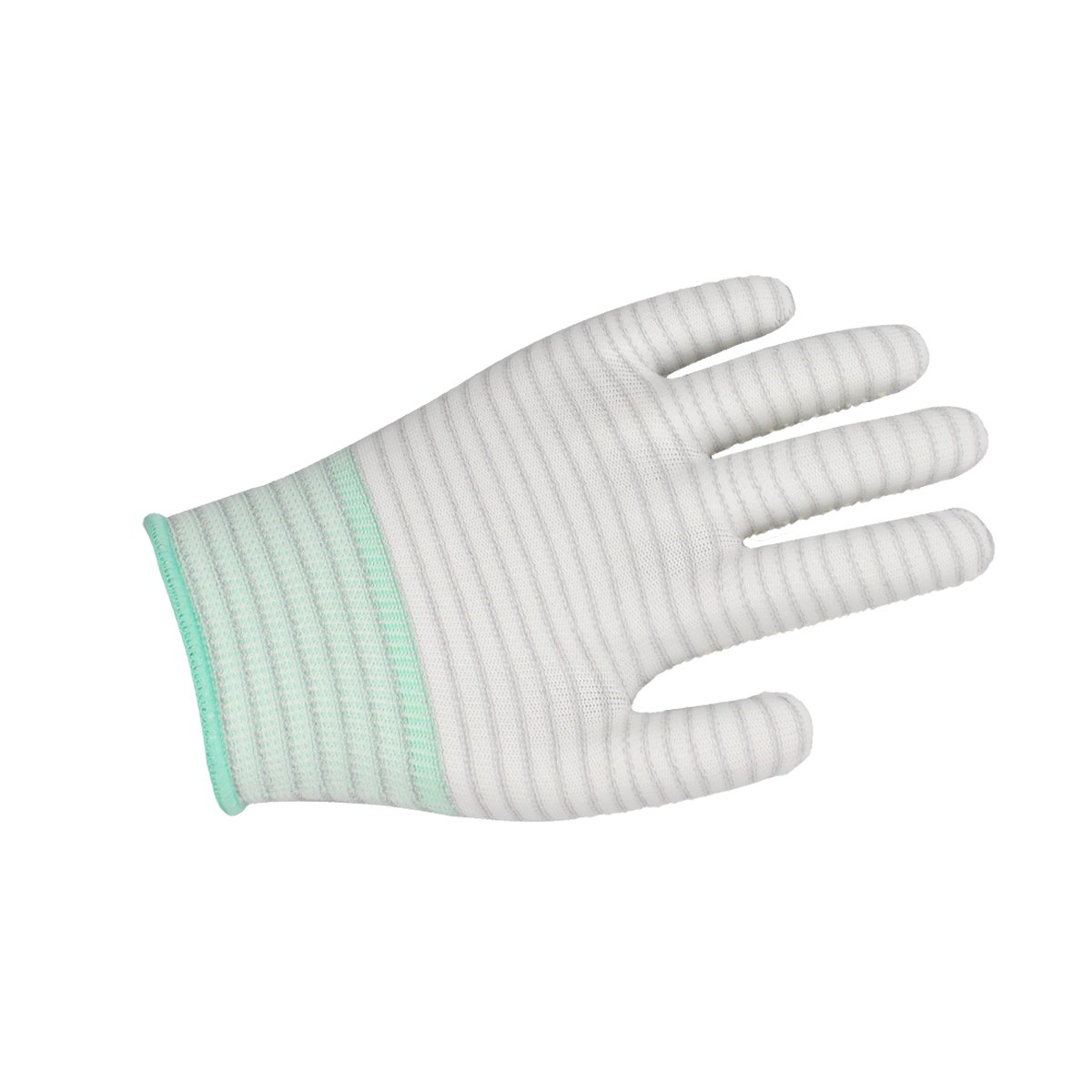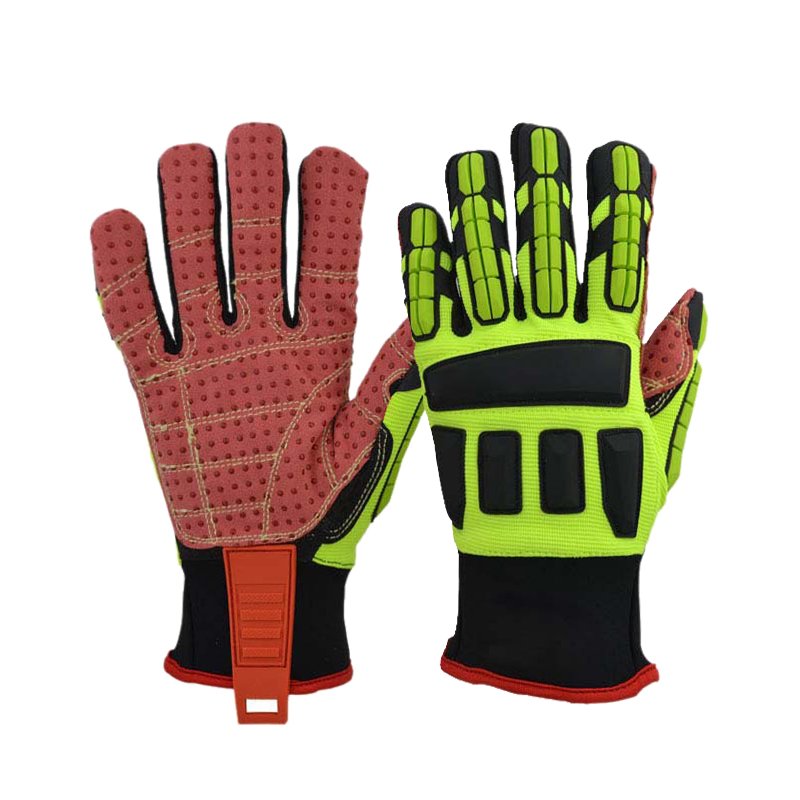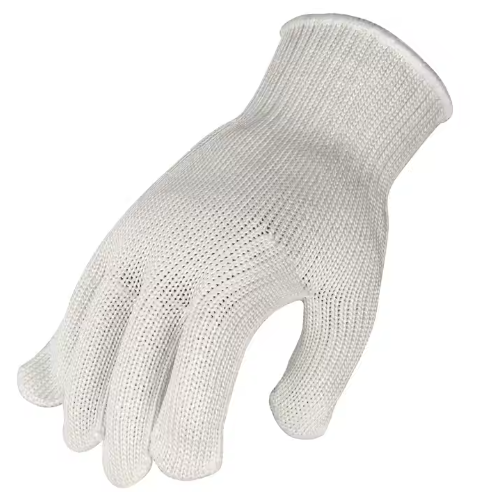Working with knives in the kitchen can be risky. Cutting gloves provide safety by reducing the chance of hand injuries.
Cutting gloves are designed to protect your hands while handling sharp kitchen tools, making cooking safer and more efficient.
Do cut-resistant kitchen gloves work?
Cut-resistant kitchen gloves are effective at protecting your hands from cuts. Made from materials like Kevlar, they create a barrier that prevents sharp objects from cutting through the fabric. While they reduce injury risks, they don’t make your hands entirely immune to cuts.
What are the best gloves for kitchen cooking?
The best gloves for cooking are made from cut-resistant materials like Kevlar, Dyneema, or stainless steel mesh. These materials offer a high level of protection while maintaining flexibility. Kevlar gloves are particularly durable and comfortable, making them a top choice.
What type of gloves are allowed in the kitchen?
Gloves made from materials like Kevlar, Dyneema, or stainless steel mesh are allowed in the kitchen. These materials meet safety standards and provide effective protection while being breathable and comfortable for extended use.
What type of gloves are the best protection against cuts?
The best protection comes from gloves made of Kevlar, Dyneema, or stainless steel mesh. These materials offer strong resistance to cuts and abrasions. Kevlar gloves are particularly popular for their durability and comfort, while stainless steel mesh provides superior protection but may be less comfortable for long durations.
What gloves does OSHA recommend?
OSHA recommends gloves made from materials like Kevlar or Dyneema for tasks requiring cut resistance. These gloves should meet safety standards and be properly fitted to ensure comfort and safety while working in the kitchen.
What level of cut-resistant gloves do I need?
Cut-resistant gloves are rated from Level 1 to Level 5, with Level 5 offering the highest protection. For tasks like cutting vegetables or handling knives, a Level 3 or Level 4 glove may suffice. However, for riskier tasks like using a mandoline, a Level 5 glove is recommended for optimal protection.
Conclusion
Cutting gloves provide essential protection in the kitchen, reducing the risk of hand injuries. Choose gloves that match your cooking tasks for the best safety.

